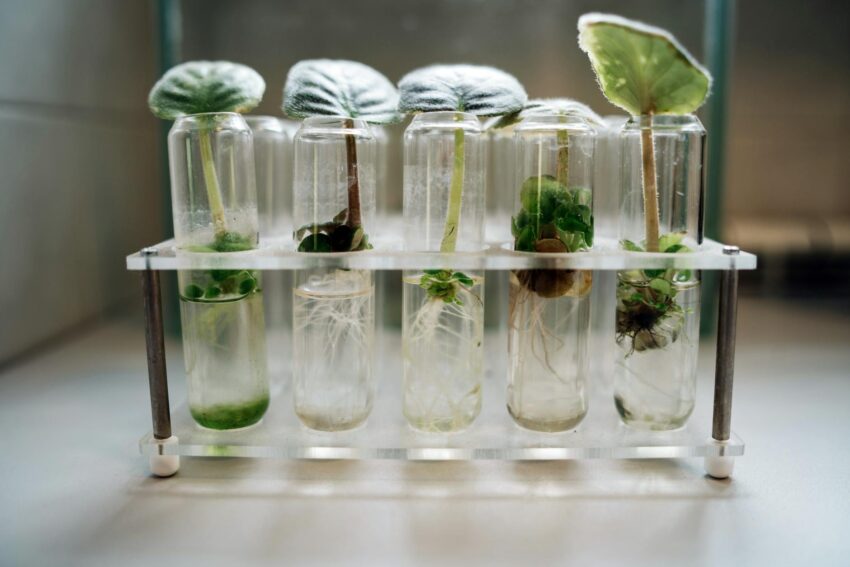The symbiotic relationship between mankind and the plant-world stretches back to the dawn of human civilization. An area where this relationship has profoundly impacted societies is the use of entheogenic plants, or psychedelics, as part of traditional healing rituals and practices. This intriguing intersection of botany, ethnography, medicine, and spirituality is the focal point of ethnobotanical research.
Ethnobotany is an interdisciplinary science that studies the relationship between people and plants in various cultural, social, and spiritual contexts. A critical subset of this scientific domain focuses on psychoactive or entheogenic plants that, when ingested, alter one’s perception, mood, cognition or behavior. Referred to as plant medicine, these vegetation types have been integral to various shamanistic and traditional healing rituals across diverse cultures for centuries, conferring a form of “plant wisdom” to these societies.
When discussing traditional plant medicines, three sacred plants frequently come up due to their ubiquity and significance in ethnobotanical history – Ayahuasca, Peyote, and Psilocybin Mushrooms.
Originating from South American shamanic practices, Ayahuasca is a brew made from two plants – the vine Banisteriopsis caapi and the leaf Psychotria viridis. The potion generates profound psychedelic experiences that often center around self-discovery and spiritual enlightenment. It has been used for centuries in indigenous communities for psychological and physical healing, helping to purge toxic energies and create a state of spiritual clarity.
Peyote, the small, spineless cactus indigenous to Texas and Mexico, embodies the heart of many Native American spiritual practices. Rich in mescaline, it produces feelings of profound introspection and cosmic connectedness, leading to profound mental and emotional healing. The use of Peyote in spiritual rituals represents a communal bond, creating a collective experience linked by the plant’s unique psychoactive effects.
Lastly, psilocybin mushrooms, known colloquially as “magic mushrooms”, offer a unique connection to nature’s psychoactive offerings. This fungus, found worldwide, has been a centerpiece of spiritual ceremonies and rites promoting self-awareness, empathy, and a sense of unity with the universe. Modern research has validated its potential, with studies showing positive outcomes for conditions like depression and addiction.
It’s crucial to note, however, that the use of these substances isn’t merely recreational. They are sacred plants, deeply interwoven into the fabric of societies that respect and understand their potency. Use is often ritualistic, overseen by experienced practitioners who understand how to navigate the dimensions these substances unveil.
There’s much to be learned about natural psychoactive substances and their potential role in contemporary mental health therapy. As the stigma surrounding psychedelics decreases, more formal research is being done, contributing to a resurgence of interest in the wisdom of traditional healing practices involved with these substances.
Ethnobotanical research in psychedelic plant medicine serves as a tool for preserving indigenous knowledge, promoting biodiversity conservation, and potentially developing new treatment methods for mental health. As we delve further into understanding plant wisdom, it’s pivotal to recognize the cultural contexts of these substances and appreciate the centuries of wisdom they represent.
The exploration of traditional plant medicine reminds us of our deep, interdependent relationship with the Earth and the wisdom nested in its flora. Listening closely to these sacred plants may provide the keys to unraveling some of the most significant psychological and spiritual mysteries of our time.
Sources:
1. Ethnobotanical research
2. Psilocybin Mushrooms
3. Shamanism
4. Plant medicine
5. Sacred plants
6. Traditional healing
